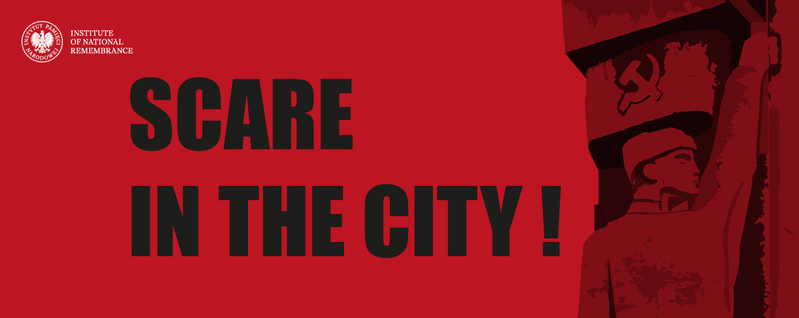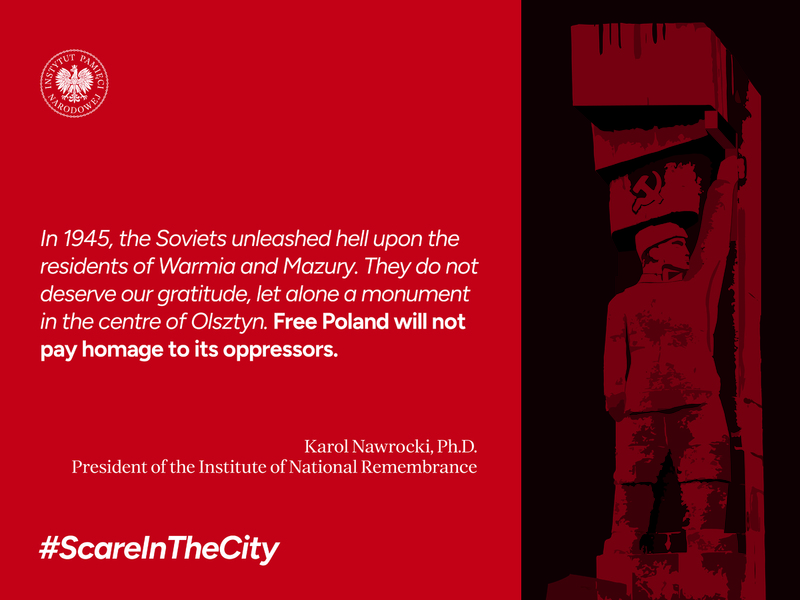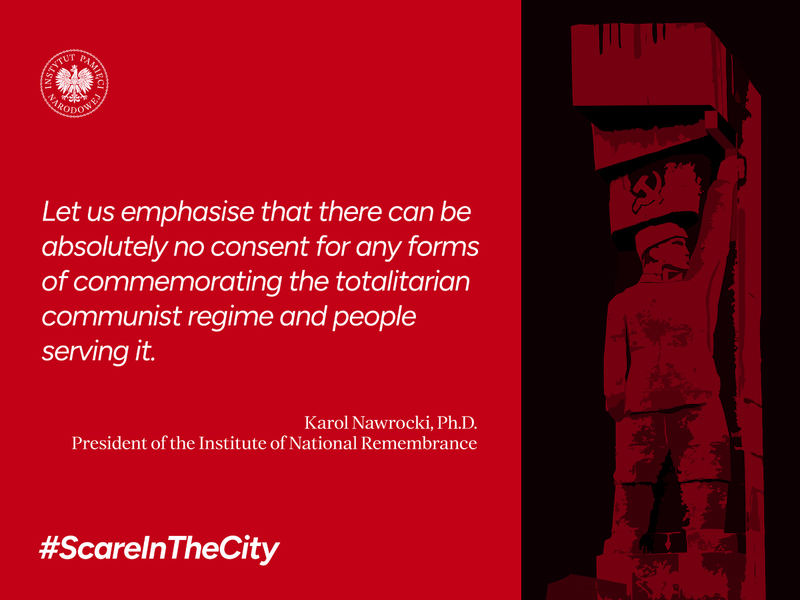“When the Russians came, we fled to the sea on ships,” recalls Róża Kwiatkowska. She is unable to say what happened afterwards. The viewers can already guess, and in the next scene, they receive a brutal confirmation. Beastly Red Army soldiers drag women out of their homes and collectively rape them.This is a fragment from the renowned film Róża (2011) by Wojciech Smarzowski. Although the main characters are fictional, the story depicted by the director faithfully reflects the reality of Warmia and Mazury at that time. This is what the infamous ”liberation” of this region looked like in 1945.
“The Russians not only burnt down and looted, but also killed and raped. According to witnesses, every evening the terrifying screams of women could be heard. Their bodies were found the next morning,” recalled Kazimierz Żołdak years later. He was one of the first Polish railway workers who arrived in Olsztyn on 19 February 1945, less than a month after the city was captured by the Red Army .
Paradoxically, Olsztyn suffered less during the brief fighting and much more after its occupation by the Soviets. With premeditation and without any military justification, they burnt down a significant part of the old town and many streets in other parts of the city.
“The country of fascists must be turned into a wasteland,” ordered General Ivan Chernyakhovsky, the commander of the 3rd Belorussian Front. It was ostensibly in retaliation for German crimes committed in the USSR, but the Soviets did not spare the people of Warmia and Mazury who obviously identified as Polish, nor the Polish settlers who arrived in the following months. Józef Ptaszek, the President of the Provincial Land Office in Olsztyn, described the situation as resembling “the Wild Fields in the 17th century.”
The scale of lawlessness was so great that it even caught the attention of the communist apparatus of terror. Henryk Palka, the head of the Provincial Office for Public Security in Olsztyn, admitted in internal correspondence, dated 10th October 1945, that the ”mass attacks by groups of Soviet soldiers” who took ”everything they could, and even committed murders” was a serious problem. It was precisely to these ”liberators” of Warmia and Mazury that the communist authorities, brought in on Soviet bayonets, erected monuments over the years. The obelisk commemorating Ivan Chernyakhovsky in Pieniężno was dismantled in September 2015. I strongly believe that the same fate will soon befall the Monument to the Liberation of Warmia and Mazury [sic!] in the centre of Olsztyn. There is no agreement to distort the historical record. Free Poland will not pay homage to its oppressors.
Karol Nawrocki, Ph.D.,
President of the Institute of National Remembrance
More:
The IPN continues decommunization of the public space - Siedlec, Greater Poland
The IPN continues decommunization of the public space - Olsztyn


